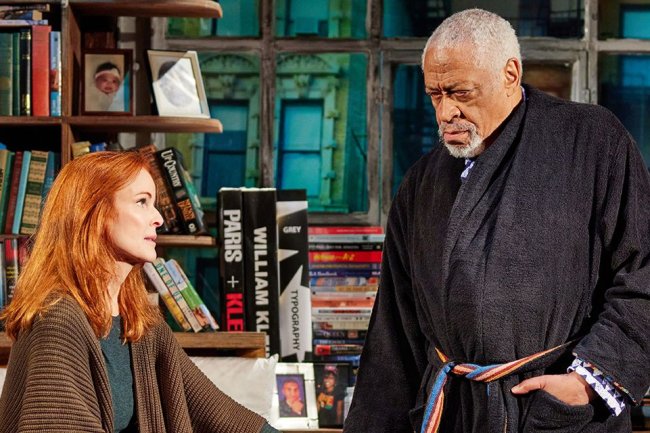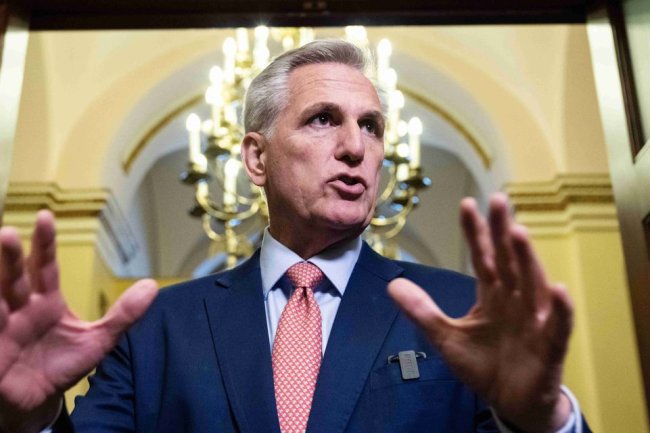‘We Hold Our Breath’ Review: On the Banks of Buffalo Bayou
A brief account by a Houston native of the Texas city’s history, uncontrolled sprawl—and, above all, susceptibility to flooding. Flooding in Houston from Hurricane Harvey in August 2017. Photo: nick oxford/Reuters By Andrew R. Graybill July 5, 2023 6:11 pm ET Although the population of Texas is roughly 85% urban, and the state boasts three of the nation’s 10 largest cities (with a fourth, Austin, poised to crack that group soon), there is a dearth of urban history about the Lone Star State. Such inattention, perhaps, is rooted in the state’s enduring reputation for wide open spaces, as a land of cattle ranches and oil derricks. The corrective offered by Micah Fields’s engaging—if occasionally exasperating—book about Houston is reason alone to pick it up. But more than that, “We Hold Our Breath: A Journey to Texas Between Storm


Flooding in Houston from Hurricane Harvey in August 2017.
Photo: nick oxford/Reuters
Although the population of Texas is roughly 85% urban, and the state boasts three of the nation’s 10 largest cities (with a fourth, Austin, poised to crack that group soon), there is a dearth of urban history about the Lone Star State. Such inattention, perhaps, is rooted in the state’s enduring reputation for wide open spaces, as a land of cattle ranches and oil derricks. The corrective offered by Micah Fields’s engaging—if occasionally exasperating—book about Houston is reason alone to pick it up. But more than that, “We Hold Our Breath: A Journey to Texas Between Storms” is a meditation on what many cities stand to lose in the Anthropocene.
Mr. Fields grew up in Houston, where he was raised by his mother and, later, his Cuba-born stepfather. In high school he hung out with a sketchy crowd, pleaded “no contest” to a dubious felony charge, and, after graduation, joined the Marines; he spent four years as an infantry rifleman, with deployments to Iraq and Afghanistan. When he was once again stateside, he found “a new love in books and college.”He graduated from the University of Montana and the Iowa Nonfiction Writing Program and then settled in Helena, where now, in his mid-30s, he works as a writer and fly-fishing guide. “We Hold Our Breath” chronicles his trip to Houston during Hurricane Harvey in the late summer of 2017—accompanied by his friend Nigel, a machine-gunner from his former squad—to rescue his mother, who had refused evacuation and accepted the danger “with a local’s casual grace.”
Even for many natives, Houston is a hard place to love, and Mr. Fields helps readers understand why. He begins with the city’s climate and geography: “The soil is too soft. The weather is no good. The air is thick, and the water is foul, filled with all manner of natural threats: alligators, water moccasins, tricky currents, festering bacteria, swarms of mosquitoes, putrid moats of quicksand.” Moreover, instead of growing outward from a central core, the city, founded in 1836, bloomed chaotically “like a gigantic fungus, germinating in pockets of opportunity, . . . exhausting the resources in one host in order to pick up and move irreverently to the next.” What secured Houston’s future was the completion in 1914 of the 50-mile Ship Channel, linking the city to the Gulf of Mexico and making it one of the busiest ports in the United States.
“We Hold Our Breath” follows a winding path, much like Buffalo Bayou—“the city’s arterial waterway”—which is prone to flooding, and near which Mr. Fields’s mother lived when Harvey made landfall. The bayou was overwhelmed by the hurricane, which walloped the region with the largest rainfall event in U.S. history; some areas received more than 60 inches. Switching between Nigel’s Jeep and boat, the pair ultimately locate Mr. Fields’s mother, who is safe and volunteering at a local animal shelter; their reunion is brief but touching. Her house was spared, but many on the same street were not. The book’s chapters tack back and forth between the rescue mission and stories about the city, both the author’s own and those of various local families, including the de Menils, who used their fortune from oilfield services to make the city an unlikely cultural capital, known chiefly for the Menil Collection museum and the Rothko Chapel.
While this structure and pacing may appeal to some, the tendency of Mr. Fields to overwrite, especially in the early going, will flummox many. Consider this passage, in which he recalls his childhood in one of the striving, racially diverse neighborhoods that sprang up on the city’s perimeter during the booming 1980s. Of that community he writes: “Their eyes were fixed on a wealth and security their parents did not know. For all of us, this meant the constant obliging of the contemporary. It meant participating in a fresh momentum that eschewed the clumsy accessories of nostalgia and tradition . . . It meant developing the utilitarian skill of resisting sentimentality, of not looking back, and not pausing to dwell on the complex associations attached to the land we inhabited. It meant adopting a cheaper and more pliable architecture of forgetting.” For my part, I tried to adopt a pliable architecture of forgetting clumps of prose like that one.
The best pages of the book—which are quite good—focus on the catastrophe of Hurricane Harvey. After so many recent natural disasters, there will be readers who take this destruction for granted. Mr. Fields does not, and he reports with compassion on the human tragedy of the flooding. In one neighborhood, where the waters had already receded, he saw “curbs buried in the waterlogged debris of every home. Families carried out their ruined belongings by the armful,” their mounds of garbage “forming a continuous, steaming berm that traced the road.” In another encounter, he notes the exhaustion and desperation of an elderly man who had been waiting for hours for a chainsaw crew to help remove a tree that had crashed through his roof and exposed his living quarters to torrents of rain. Tens of thousands of such calamities played out across the city and its environs.
Mr. Fields came back the next year, and during this time met with several employees of Air Alliance Houston, a group that monitors pollution on the city’s east side, where unsightly petrochemical plants line the Ship Channel. At one point, he asked the organization’s director if, given the daunting environmental challenges faced by the city, Houston should exist at all. Her reply was blunt and matter of fact: “The question of whether or not it should exist is irrelevant. It exists, and so what do we do because it exists? How do we protect people? Because people live here.” The answer for Houston, as in so many urban places imperiled by inadequate planning and a changing climate, seems to amount sadly to this: We hold our breath, and hope for the best.
Mr. Graybill is a professor of history and director of the William P. Clements Center for Southwest Studies at Southern Methodist University.
What's Your Reaction?

















